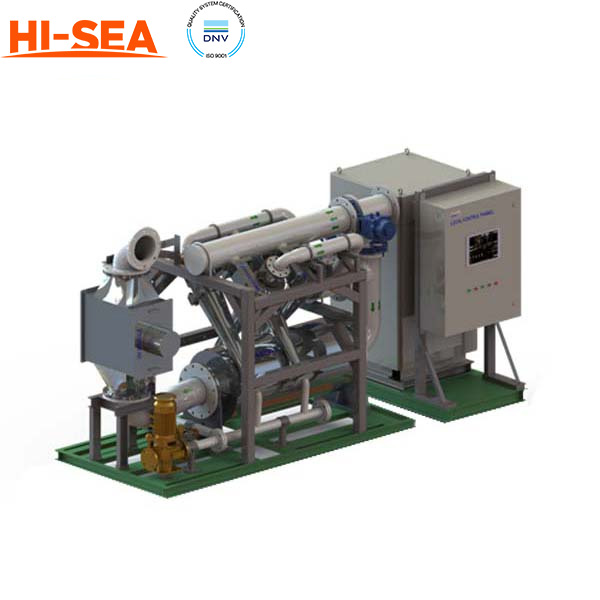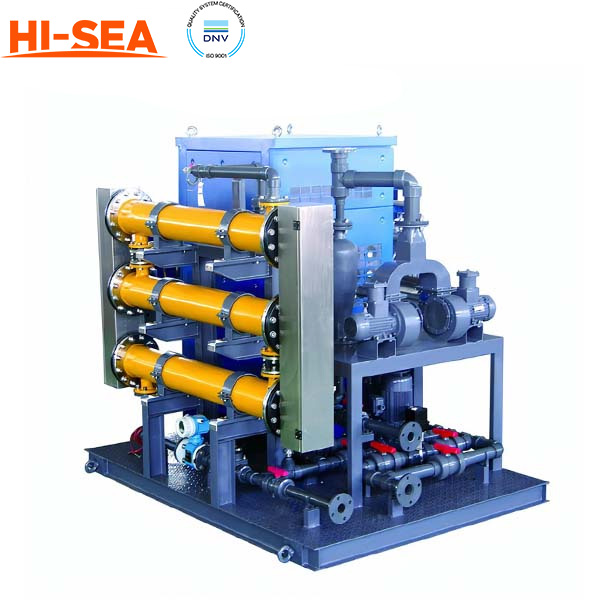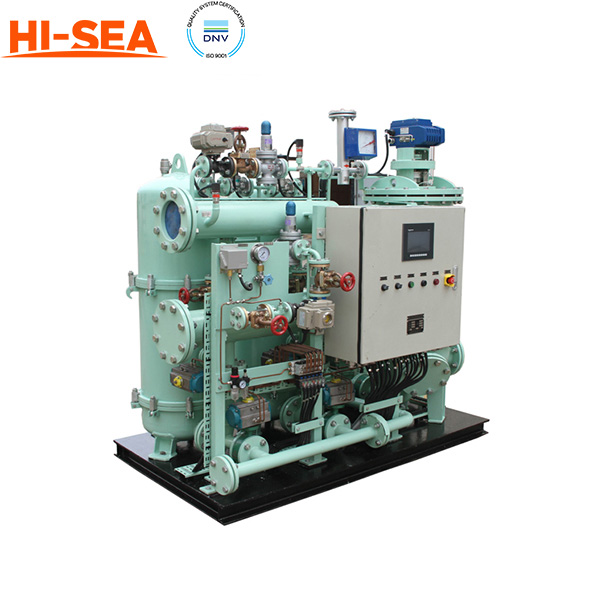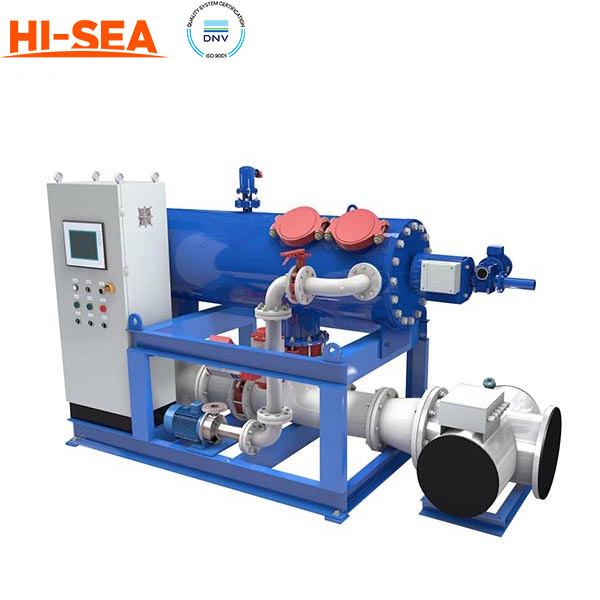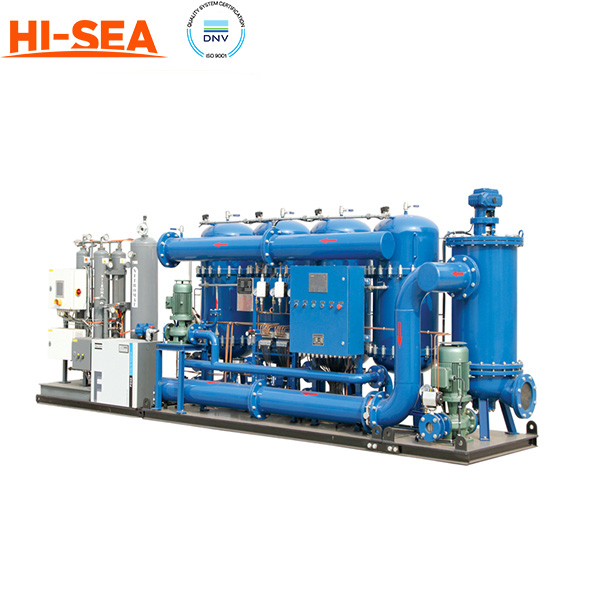MARINE & OFFSHORE EQUIPMENT
- Dredging Equipment
- Marine Deck Machinery
-
Marine Mooring Equipment
-
Marine Anchor
- AC-14 HHP Anchor
- Admiralty Anchor
- Beldt Stockless Anchor
- Bruce Anchor
- Spek Anchor
- Danforth HHP Anchor
- Delta High Holding Power Anchor
- GB11579-89 Light Weight Anchor
- Hall Anchor
- High Holding Power Mastrosov Anchor
- Hot Dip Galvanized Anchor
- Japan Stock Anchor
- JIS Stockless Anchor
- Pool Anchor
- Single Fluke Anchor
- Stainless Steel Anchor
- Stevpris MK5 Anchor
- Stingray Anchor
- US Navy Stockless Anchor
-
Marine Anchor Chain
-
Marine Shackle
- Kenter Shackle
- D Type Joining Shackle
- Pear Shaped Shackle
- Anchor Swivel Shackle Type A
- Anchor Swivel Shackle Type B
- Buoy Shackle Type A
- Buoy Shackle Type B
- C Type Detachable Connecting Link
- D Shackle
- Forelock Shackle
- Anchor Chain Swivel Group
- Straight Shackle
- Anchor Shackle
- Marine Triangle Plate
- Anchor Chain Swivel
- Anchor Chain Joining Shackle
- Anchor Chain End Shackle
- Slim Kenter Shackle
-
Chain Chaser
-
Marine Bollard
-
Marine Chock
-
Marine Fairlead
-
Marine Chain Stopper
-
Marine Mooring Reel
-
Marine Towing Bracket
-
Mooring Rope
-
Marine Towing Hook
-
Marine Shark Jaw
- Marine Fender
-
Marine Buoy
- Marine Floating Pontoon Dock
-
Marine Anchor
- Aquaculture Equipment
- Marine Outfitting Equipment
- Marine Propulsion System
-
Marine Painting
-
Marine Auxiliary Machinery
- Marine Air Compressor
- Marine Air Receiver
- Marine Sewage Treatment Plant
-
Marine Diesel Generator Set
- Marine Oil Water Separator
- Ballast Water Management System
- Marine Hydrophore
- Marine Calorifier
- Seawater Desalination Plant
-
Marine Oil Separator
- Marine Fuel Oil Supply Unit
- Marine Heat Exchanger
-
Marine Hot Well Unit
-
Marine Incinerator
-
Marine Boiler
-
Marine Valve
- JIS Marine Valve
- DIN Marine Valve
- ANSI Marine Valve
- GB Marine Valve
- CB Marine Valve
- CBM Marine Valve
-
Marine Gate Valve
-
Marine Globe Valve
-
Marine Angle Globe Valve
-
Marine SDNR Valve
-
Marine Angle SDNR Valve
-
Marine Check Valve
-
Marine Storm Valve
-
Marine Butterfly Valve
-
Marine Quick Closing Valve
-
Marine Fire Valve
-
Marine Self Closing Valve
- Marine Valve Accessories
-
Marine Pump
- Marine Centrifugal Pump
- Marine Screw Pump
-
Marine Gear Pump
-
Marine Vortex Pump
-
Marine Ejector Pump
-
Marine Diaphragm Pump
-
Marine Piston Pump
-
Marine Fire Pump
-
Marine Emergency Fire Pump
-
Marine External Fire Pump
-
Marine Ballast Water Pump
-
Marine Fuel Pump
-
Marine Lubricating Oil Pump
-
Marine Bilge Pump
-
Marine Sewage Pump
-
Marine Domestic Water Pump
-
Marine General Pump
-
Marine Cargo Oil Pump
-
Marine Hand Pump
- Marine Pump Parts
- Marine Life-saving Equipment
- Fire-fighting Equipment
- Marine Cable
- Marine Electrical Equipment
- Marine HVAC
-
Labour Protection Appliance
- Marine Decorative Material
-
Marine Anode
- Marine Pipe Fitting & Flange
- Marine Instrument
- Ship Building Equipment
INDUSTRY EQUIPMENT
- Hoisting Equipment
- Welding Machine & Material
-
Cutting Machine
- Container Securing Fitting
- Link Chain
- Container & Storage Equipment
-
Diesel Generator Set
- Other Equipment and Tools
- Petrochemical Equipment
- Fiber Reinforced Plastics
- Polymer Materials
- Environmental Protection Series
- Geo-products and Building Materials
- Metal Mesh
- Steel Grating
-
Earthwork Teeth
-
Turnbuckle
STOCK LIST
Contacts
 Tel:+86-23-67956606
Tel:+86-23-67956606
 FAX:+86-23-67956622
FAX:+86-23-67956622
 Email:manager@cqhisea.com
Email:manager@cqhisea.com
Working Time: 9:00--17:00
Working Day: Monday to Friday Website: www.cqhisea.com

Ballast Water Management
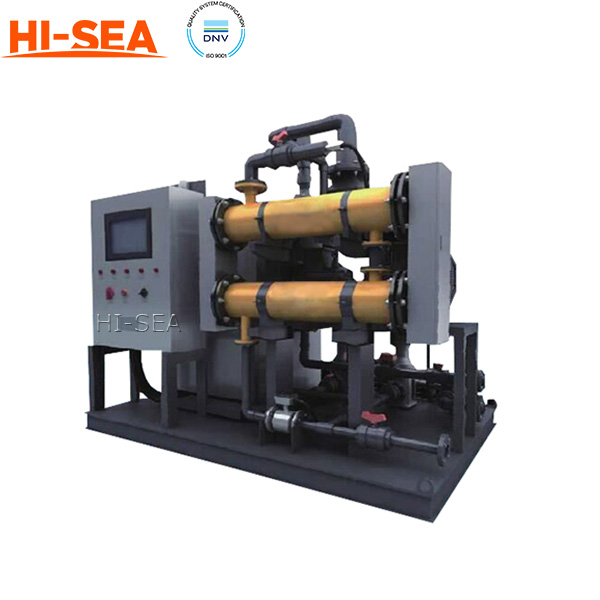
Ballast Water Management
1. The Importance of Ballast Water Management
Around the world approximately 3 to 5 billion tons of ballast water is transferred via ships each year, introducing aquatic invasive species into new environment, posing serious threats to maritime ecosystems, aquatic economy and human health.
The transfer of ballast water cannot be avoided since ballast water is absolutely essential to the safe and efficient operation of modern shipping. But the transportation of non-native species can be eliminated by means of appropriate treatment of ballast water.
The International Maritime Organization (IMO) has adapted the International Convention for the Control and Management of Ship’s Ballast Water and Sediments, 2004, which mandates all ships that carry ballast water install treatment system by the required year depending on their ballast tank capacity and the year being built.
2. Ballast Water Management Technical Specifications
Model
Maximum
Ballast water treatment
Capacity
(m3/h)
Flow
Rate to Electrolyze
(m3/h)
Required
Power
(AC
KVA)
EDU
BC-150
170
4.2~7.2
4.46~8.29
2300 x 1400 x 1920
BC-300
350
4.2~7.2
9.19~17.06
2300 x 1400 x 1920
BC-500
600
4.2~7.2
15.75~29.25
2300 x 1400 x 1920
BC-1000
1200
7~12
31.50~58.50
2300 x 1400 x 2015
BC-1500
1700
11.2~19.2
44.63~82.88
2300 x 1400 x 2015
BC-2000
2200
11.2~19.2
57.75~107.25
2300 x 1700 x 2015
BC-2500
2800
22.4~36
73.50~136.50
2800 x 1800 x 2625
BC-3000
3200
22.4~36
84.00~156.00
2800 x 1800 x 2625
BC-3500
3800
25.2~40
99.75~185.25
2800 x 1800 x 2625
BC-4000
4300
25.2~40
112.88~209.63
2800 x 1800 x 2625
BC-5000
5500
31.5~50
144.38~268.13
2800 x 2050 x 2625
BC-6000
6300
50.4~80
170.63~316.88
3200 x 2200 x 2625
BC-7000
7300
50.4~80
196.88~365.63
3200 x 2200 x 2625
BC-8000
8500
50.4~80
223.13~414.38
3200 x 2200 x 2625
3. Ballast Water Management Principle Introduction
The treatment procedure includes three major parts: Filtration, Seawater Electro-chlorination for disinfection and Neutralization.
(1) Filtration: during ballasting, total volume of ballast water flow through a 50um filtration unit, marine organism and particles larger than 50um are filtrated and discharged back to local water;
(2) Seawater Electro-chlorination for disinfection: a small amount of filtrated sea water flows into electrolysis unit to generate high concentrated sodium hypochlorite solution, which will be injected back to main ballast pipe line after de-gas treatment. Sodium Hypochlorite solution will be mixed with the sea water form main ballast pipe line to a certain designed concentration, which is able to kill the marine organism including spores, lavas and pathogen within the water, in order to meet the disinfection standard (D-2 Standard and the others). The concentration of active agent in main pipe line is monitored and controlled through TRO unit and system main control unit.
(3) Neutralization: during vessel de-ballasting, when the residual chlorine concentration is lower than IMO requirement, Neutralization Unit will not be operating; If the residual chlorine concentration is higher than the requirement, Neutralization Unit is automatically dosing Neutralization agent in water stream. The dosing concentration is monitored and controlled automatically through TRO Unit and System Control Unit.
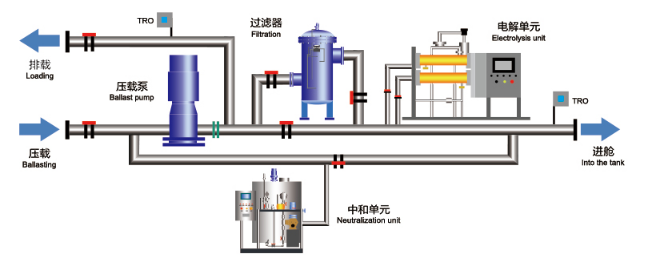
4. Ballast Water Management Several Class Certificates Supply:
ABS, BV, DNV, GL, KR, RINA, NK, USCG and CCS class certificates.
.jpg)


